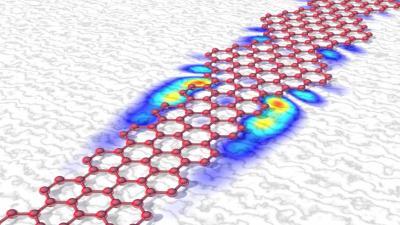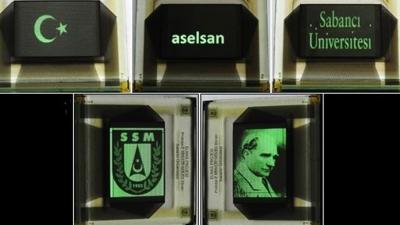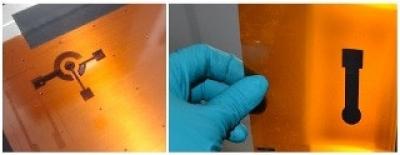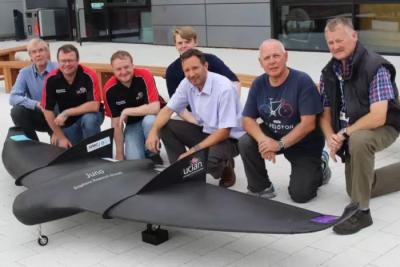Researchers manipulate the width of GNRs to create quantum chains that could be used for nano-transistors and quantum computing
Researchers at EMPA (Swiss Federal Laboratories for Materials Science and Technology), along with colleagues from the Max Planck Institute for Polymer Research in Mainz and other partners, have succeeded in precisely controlling the properties of graphene nano-ribbons (GNRs) by specifically varying their shape. This can be used to generate specific local quantum states, and could in the future be used for precise nano-transistors or possibly even quantum computing.

The team has shown that if the width of a narrow graphene nano-ribbon changes, in this case from seven to nine atoms, a special zone is created at the transition: because the electronic properties of the two areas differ in a special, topological way, a "protected" and thus very robust new quantum state is created in the transition zone. This local electronic quantum state can be used as a basic component to produce tailor-made semiconductors, metals or insulators - and perhaps even as a component in quantum computers.


